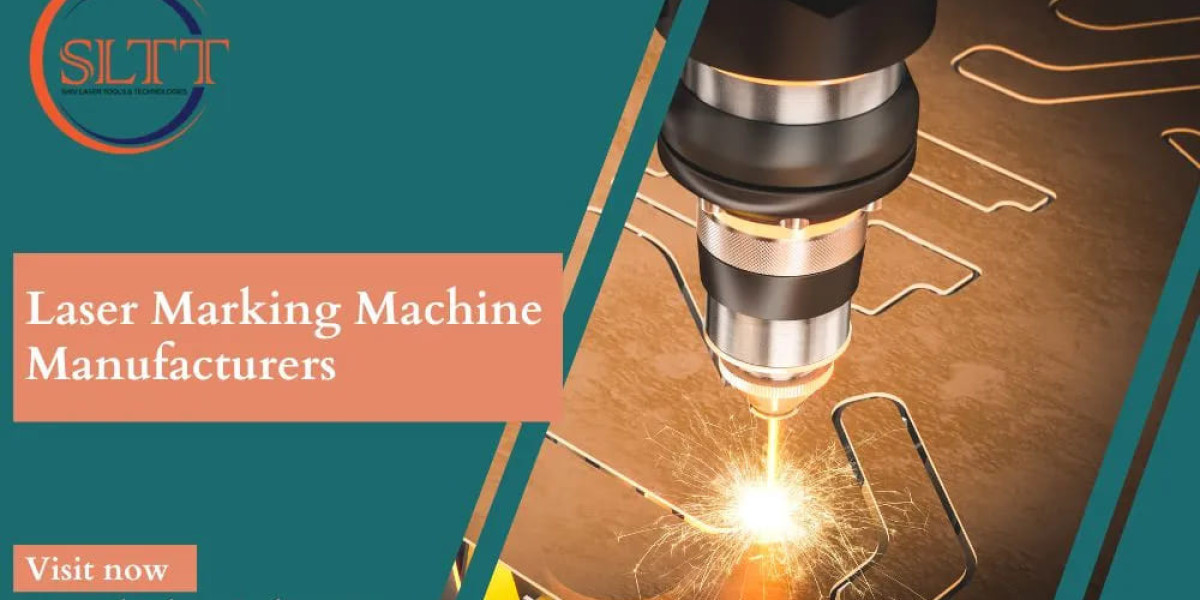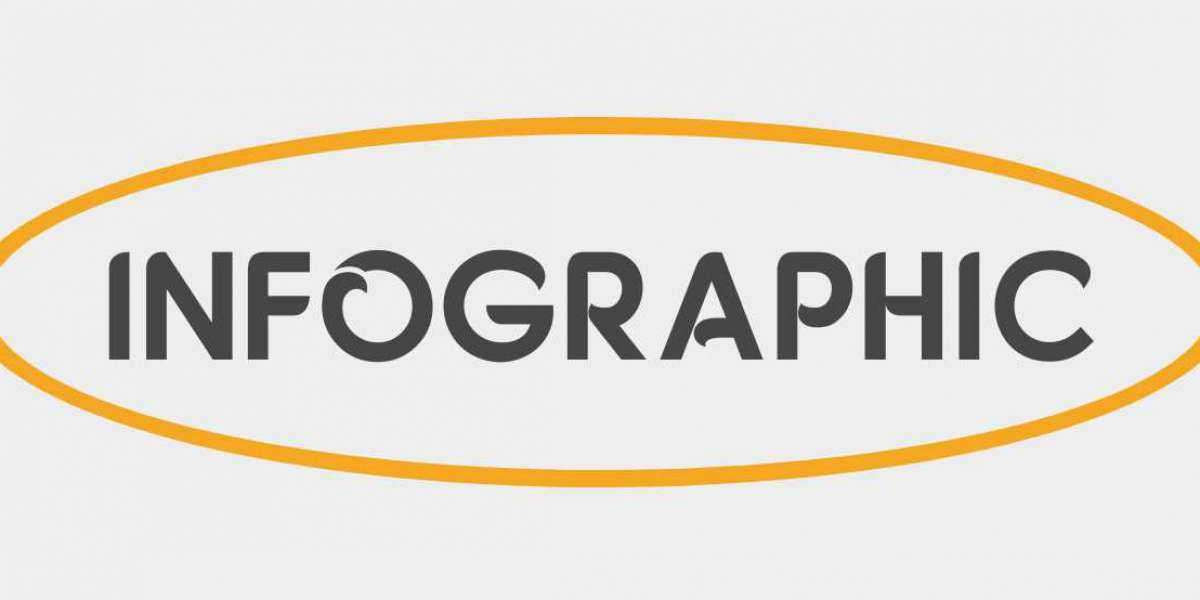In a world where consumers expect fresh food and high-quality pharmaceuticals, maintaining strict temperature controls during transportation is critical. Cold chain monitoring solutions play an essential role in ensuring that perishable products, such as food and medicines, remain safe and effective from origin to destination. By continuously tracking temperature and environmental conditions, these solutions help prevent spoilage, maintain product quality, and adhere to stringent safety regulations. Let’s dive deeper into why cold chain monitoring is an indispensable part of modern food and pharma logistics.
What Is Cold Chain Monitoring?
Cold chain monitoring involves using technology to track and regulate temperatures throughout the transportation and storage of perishable goods. It ensures that products requiring specific temperature conditions, like frozen foods or vaccines, are transported safely. Typically, cold chain monitoring systems include sensors and data loggers that record temperature data and alert logistics personnel to potential issues in real-time.
The Growing Demand for Cold Chain Solutions
The demand for cold chain solutions has surged in recent years, largely due to globalization and consumer demand for fresh, quality goods. As supply chains become more complex and extensive, businesses are challenged to deliver perishable goods across longer distances while maintaining quality.
Importance of Cold Chain Monitoring in Food Transportation
For the food industry, freshness and safety are paramount. Without proper temperature control, perishable food items can spoil, resulting in financial loss and posing health risks. Cold chain monitoring helps maintain freshness by continuously tracking temperature, humidity, and other environmental conditions, ensuring that food remains in optimal condition from farm to table.
The Role of Cold Chain Monitoring in Pharmaceutical Transport
Pharmaceutical products, particularly vaccines and certain medications, are highly sensitive to temperature variations. Exposure to temperatures outside a prescribed range can render them ineffective or even harmful. Cold chain monitoring in the pharmaceutical industry ensures that these products retain their efficacy by meeting regulatory requirements for safe transport.
How Cold Chain Monitoring Solutions Work
Cold chain monitoring systems rely on a network of sensors, data loggers, and software that track environmental conditions. These components collect real-time data and transmit it to a centralized platform, where logistics teams can monitor and address any potential issues.
Technologies Behind Cold Chain Monitoring
Advances in technology have significantly enhanced cold chain monitoring capabilities:
- IoT Devices: Enable real-time data collection and transmission.
- GPS Tracking: Provides location data to ensure timely delivery and route optimization.
- Blockchain: Ensures secure and transparent data sharing, critical for regulatory compliance.
Key Benefits of Cold Chain Monitoring Solutions
Implementing cold chain monitoring solutions offers several advantages:
- Reduced Waste: Minimizes spoilage and waste by ensuring products stay within safe temperature ranges.
- Regulatory Compliance: Meets legal standards for transporting temperature-sensitive goods.
- Enhanced Consumer Trust: Builds customer confidence in product safety and quality.
Challenges in Cold Chain Monitoring
Despite its benefits, cold chain monitoring faces challenges:
- Implementation Costs: Initial setup and maintenance can be expensive.
- Technological Limitations: Connectivity issues in remote locations can disrupt monitoring.
- Data Privacy: Protecting sensitive data remains a concern, particularly in pharmaceutical transport.
Impact of Temperature Fluctuations on Food and Pharma Quality
Temperature fluctuations can lead to severe consequences, including spoilage of food or compromised drug efficacy. Case studies show that even a minor deviation from prescribed conditions can have significant repercussions, underlining the importance of continuous monitoring.
Choosing the Right Cold Chain Monitoring Solution
Selecting a suitable cold chain monitoring system involves assessing factors such as sensor accuracy, data durability, and compliance with industry standards. Many companies today offer tailored solutions to meet the specific needs of food and pharmaceutical logistics.
Future of Cold Chain Monitoring
The future of cold chain monitoring is evolving rapidly with advancements in AI, automation, and predictive analytics. These innovations are set to enhance real-time monitoring capabilities and optimize the cold chain, leading to increased efficiency and reliability.
How Cold Chain Monitoring Supports Sustainable Practices
Cold chain monitoring also contributes to sustainability by reducing food waste and limiting the disposal of expired pharmaceuticals. These solutions are aligned with eco-friendly practices by minimizing the environmental impact of spoiled goods.
Case Studies of Successful Cold Chain Implementations
Several companies have successfully implemented cold chain monitoring solutions to ensure the safe transport of food and pharma products. These success stories highlight the transformative impact of effective cold chain management on product quality and business efficiency.
Conclusion
Cold chain monitoring solutions are indispensable in today’s logistics, especially for food and pharmaceuticals. By ensuring that products remain within safe temperature ranges, these solutions protect product quality, comply with regulations, and foster consumer trust. As technology advances, cold chain monitoring will continue to play a vital role in modern logistics, contributing to a safer, more efficient, and sustainable supply chain.


